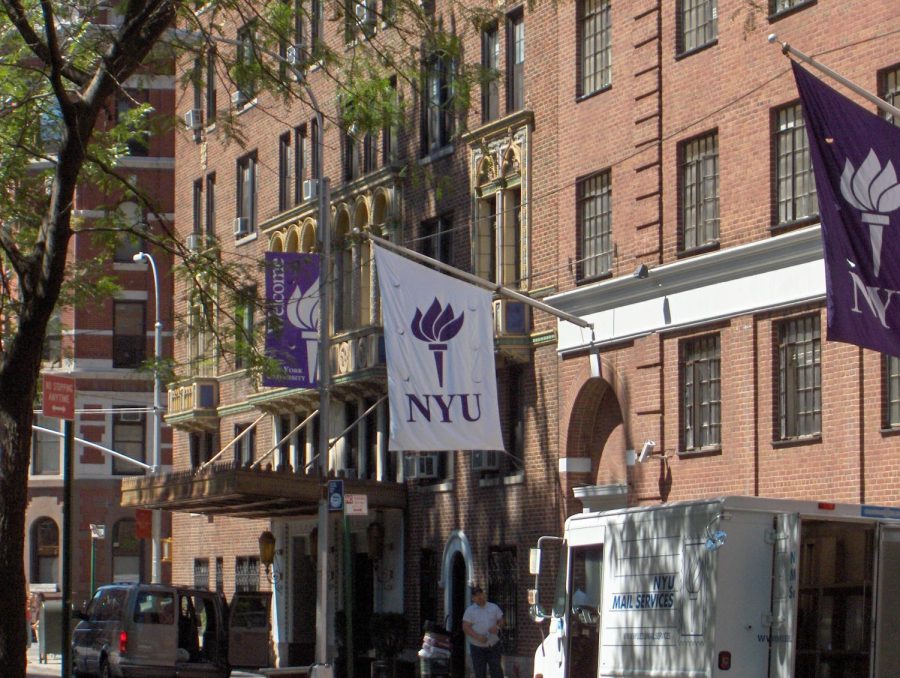Norovirus outbreaks have been sweeping through cities worldwide; most recently, the virus struck a luxury cruise ship. Last month, the Queen Mary 2 was forced to make an abrupt stop in New York City due to a deadly outbreak of norovirus.
Noroviruses are a subset of viruses that can lead to acute gastroenteritis, an inflammation of the stomach that causes vomiting and diarrhea. Norovirus is most commonly transmitted through direct contact with an infected person, ingestion of contaminated foods or drinks, and contact with contaminated objects or surfaces.
Dr. William Schnaffner of Vanderbilt University Medical Center told CNN Travel earlier in the year that the virus has notoriously become known as the “cruise ship virus.” According to The New York Times, the virus “thrives in closed areas such as healthcare facilities, dormitories, and cruise ships.” The disease infects up to 21 million Americans per year, the CDC states.
According to the Centers for Disease Control and Prevention, the outbreak on the Queen Mary 2 spread to over 200 passengers, out of 2,555 on board, and to 17 of the 1,232 crew members. The ship, originally scheduled to sail from England to the Eastern Caribbean, made multiple stops along the way including Grenada, Barbados, Dominica, and St. Kitts and Tortola. Now, the ship has taken measures to sanitize and closely monitor the crew and guests, the CDC said.
The case of the Queen Mary 2 was not the first severe outbreak that occurred on a cruise ship. Just last month, 69 passengers and 16 crew members of the cruise ship Coral Princess were infected during a 16-night journey from Los Angeles, California, through the Panama Canal, CBS News reports. Similarly to the outbreak on Queen Mary 2, infected people exhibited symptoms of diarrhea, abdominal pain, and vomiting. Additionally, there was a minor outbreak on another one of Princess Cruises ships: the Ruby Princess. In this case, about 100 passengers and 12 crew members fell ill due to the virus, CBS News said. Princess Cruises’ agency stated that it has “[taken] additional steps to minimize the spread of norovirus.”
To prevent further outbreaks of norovirus and similar viruses, the CDC has released a vessel sanitation program, which serves as a resource for cruise ship companies to manage health problems onboard.
Unfortunately, these lethal outbreaks are not limited to American cruise trips. Last month, on March 18, eight students from SKH St Michael’s Primary School in Hong Kong were reported to have transmitted illnesses, Dimsum Daily said. The series of abnormal sicknesses occurred after an exchange trip to the mainland, which resulted in many students exhibiting symptoms of norovirus, including vomiting and high fevers. The school’s principal, Mr. Chan Yu Kwan, theorized that the eight students had been affected by cross-infection and “that the significant temperature variations in Xi’an […] may have contributed to the students’ discomfort,” according to Dimsum Daily.
Furthermore, a similar outbreak took place in Finland, where around 80 members of the Finnish Parliament were identified with cases of gastroenteritis. The virus was confirmed to be the cause of these illnesses, according to The Helsinki Times. To contain the virus and prevent further spread, Finnish health officials “[advised] strict hygiene measures,” which included handwashing, disinfecting surfaces, and more.
As norovirus continues to spread across the globe, from luxury cruise ships to school trips and government buildings, the need for heightened hygiene protocols and rapid response measures has been amplified significantly. Until more permanent solutions for the virus are found, it is recommended to exercise caution, use preventative procedures, and spread awareness.













































































































































